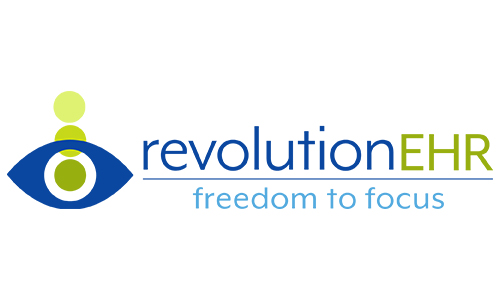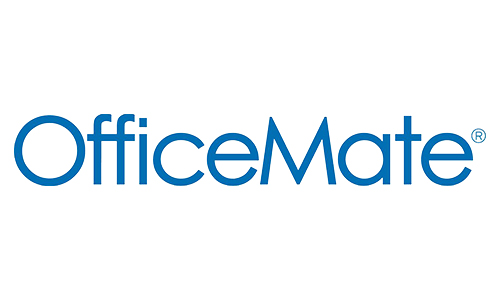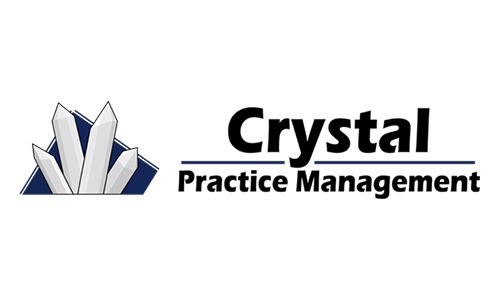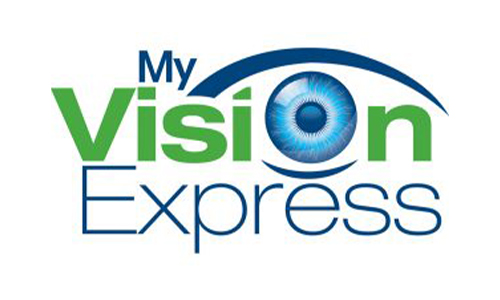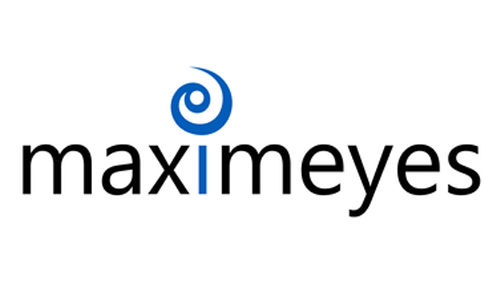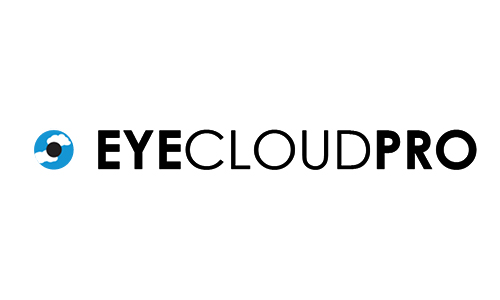A START-TO-FINISH PROCESS.
By Christine Schneider, VP of RevCycle Partners
Coordinating benefits for your eyecare practice is complicated. Optometrists have to deal with coordinating medical and VSP benefits. Here are a few guidelines for coordinating benefits for your eyecare practice — to streamline billing, increase cash flow, and better serve patients:
Know What’s Primary, What’s Secondary
A patient with multiple medical insurance plans always has a primary payer and secondary payer. A patient must make a claim with their primary plan first. The secondary payer technically needs to see the disbursement and the explanation of payments from the primary insurance before they will pay anything.
When it comes to coordinating benefits for your eyecare practice, you must know the rules regarding primary insurance.
For example, a husband and wife both carry medical insurance. The wife is in for an appointment, and hands you both cards. Hers would be primary because she is the subscriber to her husband’s secondary, and vice versa. If seeing a minor whose parents both carry medical insurance, primary coverage generally comes from the plan that belongs to the parent whose birthday comes first in the year.
If a husband has Medicare and his wife is still working and carries medical insurance, the wife’s plan will always be primary to Medicaid. Medicaid plans are always the payer of last resort. If you are unsure, it is best to call the insurances to verify order.
Medical Insurance and VSP – Understand the Difference
After determining primary and secondary medical insurance you will need to differentiate medical eye exams from routine vision exams. Bill medical eye exams to medical insurance plans. VSP typically covers routine vision exams along with eyeglasses and contact lenses. An eye exam includes a basic screening for eye disease. While VSP offers medical eye coverage with some of their plans, the key is to bill medical to medical, and routine to routine, based on the benefits available and payer order.
First and foremost, a patient’s chief complaint must drive the reason for the visit, which will then determine who gets the bill. If it is a refractive complaint (myopia, presbyopia, etc.), then the vision plan should receive the bill for the encounter. If is a medical complaint (diabetes, dry eyes, allergic conjunctivitis, etc.), the medical insurance should get the bill for the encounter. Medical insurance must be used if the patient has any eye health problem or systemic health problem with ocular complications.
Processing the Claim
Insurance will process the claim as primary, and they will pay based on the patient’s coverage for that service. Once the health insurance processes the claim, you will receive the explanation of payment (EOP). After the health insurance company processes the claim as primary, the claim can then be filed to VSP under their coordination policy.
When billing a secondary claim to VSP, the information billed must mirror the primary claim exactly. This is not just sending the refraction code to VSP. CPT codes and diagnosis order cannot be altered. Once VSP gets the secondary claim, they will pay on that claim as the patient’s policy dictates, less the copay amount per the patient’s plan.
While there are multiple components to mastering coordinating benefits for your eyecare practice, in the end taking the time to do so will not only benefit your practice, but also improve your relationship with patients.

